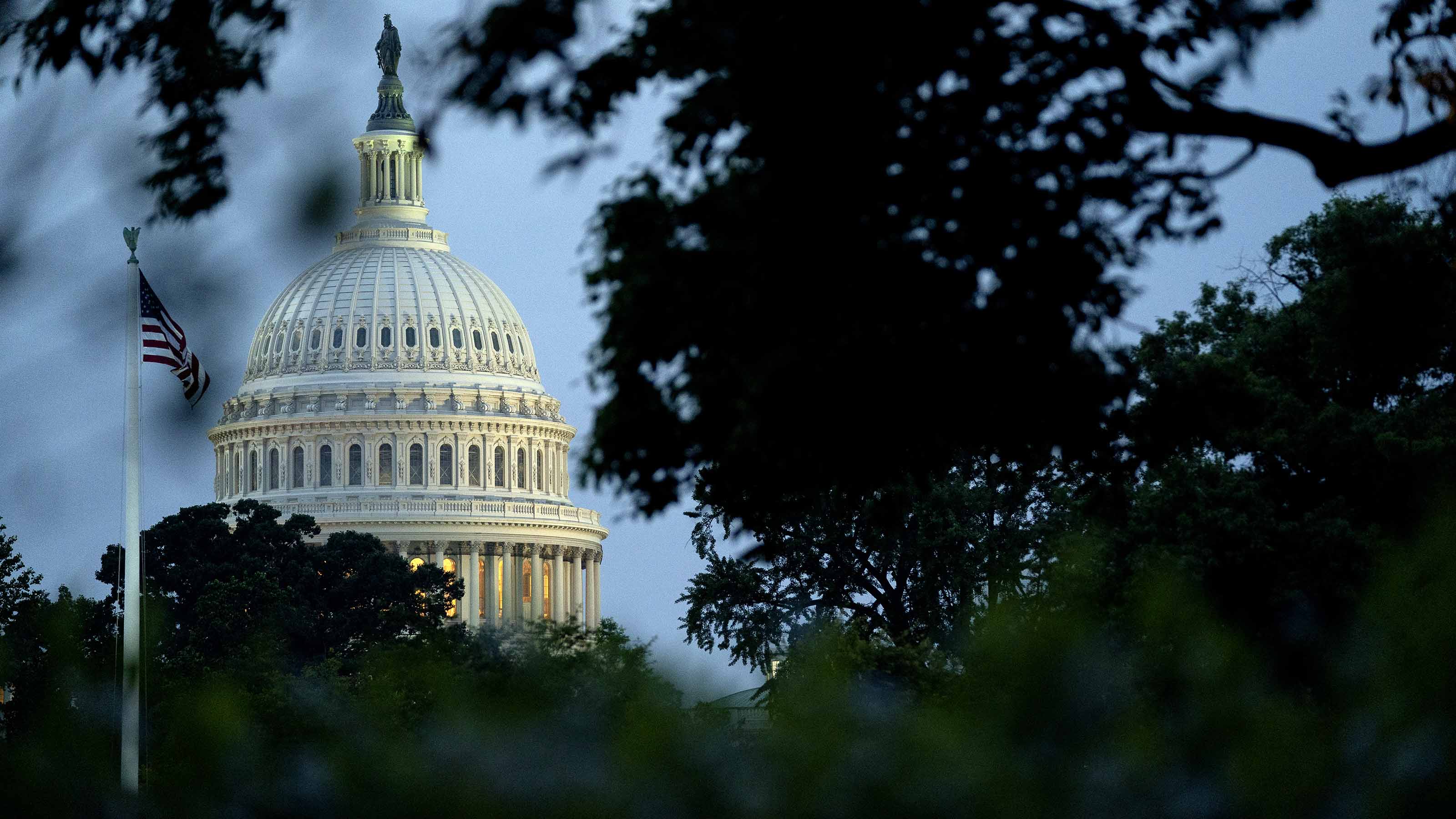China’s Control Over Rare Minerals Troubles Pentagon
U.S. officials say they can’t sit back and just hope that Beijing will provide what’s needed for crucial defense equipment.

U.S. officials are getting worried.China has cornered the market on rare earth metals vital to defense and for three years in a row has cutback on exports on which the Pentagon depends. Officials say it’s time the U.S.takes action to assure a long-term supply.
In the lastdecade, China has moved aggressively, acquiring mines around the world that nowaccount for more than 90% of global production of the most desired rare earthmetals, such as terbium, dysprosium, molybdenum, thorium, erbiumand yttrium. Because of their special qualities, several are used in defense applications,especially in missile assemblies, radars, satellites and power supplies.
The U.S. no longer keeps many rare earthson hand, although atthe height of the Cold War, the U.S. national defense stockpile included severalhundred materials and mineral ores. The stockpile, worth billions, included alot of lead, nickel and copper but also many precious metals largely found inAsia, Australia and parts of South America. In recent years, however, thePentagon sold off the stockpile in order to accumulate parts and assemblies forships, planes and military weapon systems.
From just $107.88 $24.99 for Kiplinger Personal Finance
Become a smarter, better informed investor. Subscribe from just $107.88 $24.99, plus get up to 4 Special Issues

Sign up for Kiplinger’s Free Newsletters
Profit and prosper with the best of expert advice on investing, taxes, retirement, personal finance and more - straight to your e-mail.
Profit and prosper with the best of expert advice - straight to your e-mail.
This was not a problem while suppliesof rare earths were easily obtainable.But in each of the last three years, China has kept more rare earths forinternal use and cut exports accordingly. Experts think that trend willcontinue. Chances are that the Chinese government also is stockpiling the oresinstead of allowing them to be traded in the global market.
Some U.S. military officials and leadingmembers of the House and Senate Armed Services committees want to start restockingat least some of the rare earth materials over the next several years. Rare earths are not used inhuge amounts, but many are expensive; dysprosium costs about $50 per pound andis used in communication systems. Terbium costs about $150 per pound and isused in avionic systems and radars.
The prospectof many years of limited supplies of about a dozen rare earth minerals islikely to spur the U.S. to negotiate with mining companies in countries such asAustralia and Argentina about increasing exploration for rare earths andrestricting further acquisition by China of rare earth mines.
The North Americanmarket for rare earths is about $1 billion per year, but there may be moredemand in the future, especially with a growing market for electric vehicles.Rare earths are used in batteries for electric cars. Japan, also dependent onChina for rare earths, likely a major producer of electric cars, also may beginbuilding a strategic reserve in the next few years.
Tight globalsupplies from China will lead to more prospecting, although there are only afew countries in which geologists expect rare earths to be found in large enoughquantities to make mining operations worth the investment. Among them are SouthAfrica, Greenland, Mongolia, Paraguay and New Guinea.
For weekly updates on topics to improve your business decisionmaking, click here.
Profit and prosper with the best of Kiplinger's advice on investing, taxes, retirement, personal finance and much more. Delivered daily. Enter your email in the box and click Sign Me Up.

-
 Gold and Silver Shine as Stocks Chop: Stock Market Today
Gold and Silver Shine as Stocks Chop: Stock Market TodayStocks struggled in Friday's low-volume session, but the losses weren't enough to put the Santa Claus Rally at risk.
-
 Don't Wait Until January: Your Year-End Health Checklist to Kickstart 2026
Don't Wait Until January: Your Year-End Health Checklist to Kickstart 2026Skip the fleeting resolutions and start the new year with a proactive plan to optimize your longevity, cognitive health, and social vitality.
-
 Premium Rewards Cards: More Perks, Higher Fees
Premium Rewards Cards: More Perks, Higher FeesSome issuers are hiking the annual fee on their flagship luxury credit cards by hundreds of dollars. Are they still worth using?
-
 Disney’s Risky Acceptance of AI Videos
Disney’s Risky Acceptance of AI VideosThe Kiplinger Letter Disney will let fans run wild with AI-generated videos of its top characters. The move highlights the uneasy partnership between AI companies and Hollywood.
-
 AI Appliances Aren’t Exciting Buyers…Yet
AI Appliances Aren’t Exciting Buyers…YetThe Kiplinger Letter Artificial intelligence is being embedded into all sorts of appliances. Now sellers need to get customers to care about AI-powered laundry.
-
 What to Expect from the Global Economy in 2026
What to Expect from the Global Economy in 2026The Kiplinger Letter Economic growth across the globe will be highly uneven, with some major economies accelerating while others hit the brakes.
-
 The AI Boom Will Lift IT Spending Next Year
The AI Boom Will Lift IT Spending Next YearThe Kiplinger Letter 2026 will be one of strongest years for the IT industry since the PC boom and early days of the Web in the mid-1990s.
-
 Amid Mounting Uncertainty: Five Forecasts About AI
Amid Mounting Uncertainty: Five Forecasts About AIThe Kiplinger Letter With the risk of overspending on AI data centers hotly debated, here are some forecasts about AI that we can make with some confidence.
-
 Worried About an AI Bubble? Here’s What You Need to Know
Worried About an AI Bubble? Here’s What You Need to KnowThe Kiplinger Letter Though AI is a transformative technology, it’s worth paying attention to the rising economic and financial risks. Here’s some guidance to navigate AI’s future.
-
 Will AI Videos Disrupt Social Media?
Will AI Videos Disrupt Social Media?The Kiplinger Letter With the introduction of OpenAI’s new AI social media app, Sora, the internet is about to be flooded with startling AI-generated videos.
-
 What Services Are Open During the Government Shutdown?
What Services Are Open During the Government Shutdown?The Kiplinger Letter As the shutdown drags on, many basic federal services will increasingly be affected.